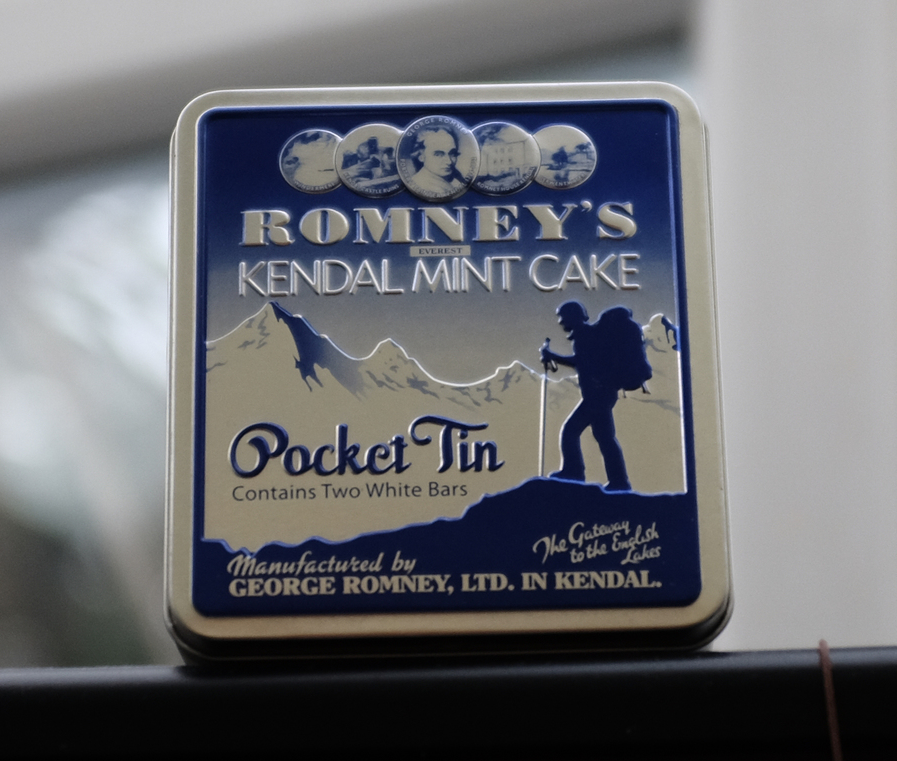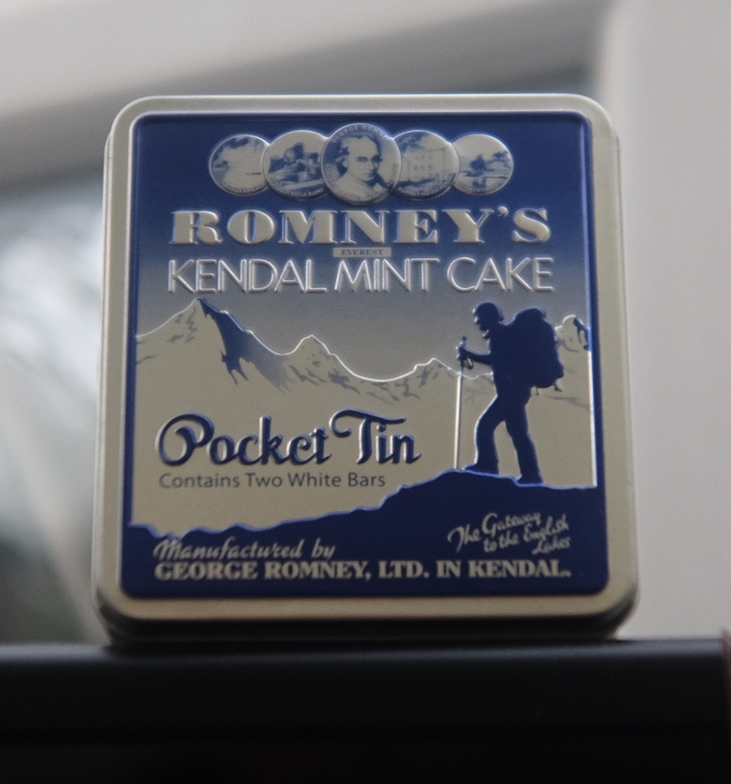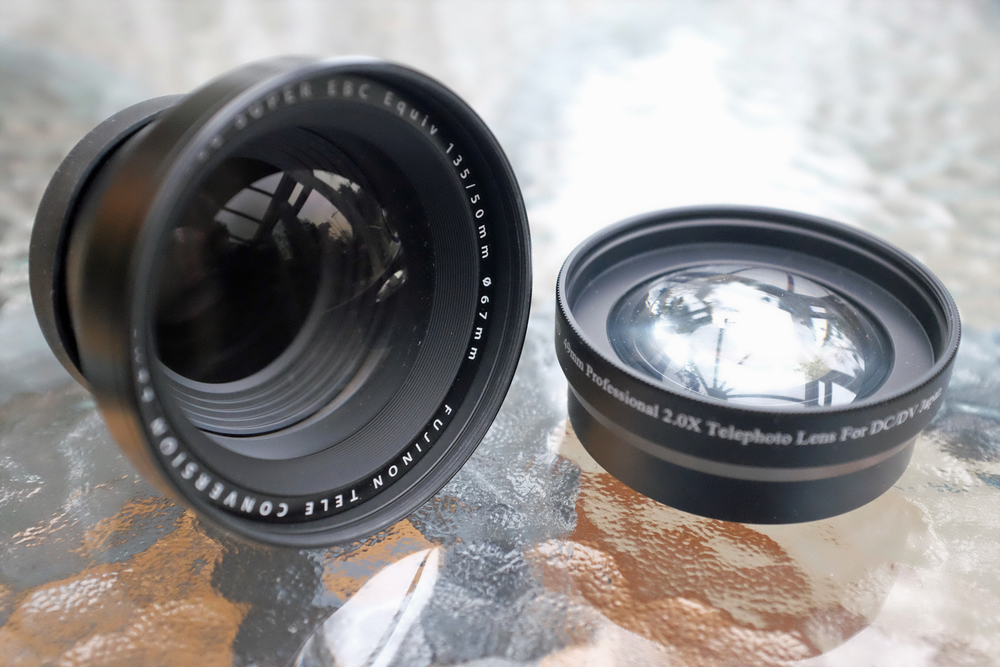There are three mantras which you will hear me come out with on a boringly regular basis.
“It’s not what you know, it’s who you connect”,
“Don’t get mad, get bacon”, and
“Buy cheap, buy twice”
We’ll leave the first two for another day. Right now I want to concern myself with camera accessories. In very general terms there are three sorts of accessory on the market—what we’ll call “own brand”, designed and made by the manufacturer themselves, “good quality”, made by reputable third party suppliers sometimes even under licence from the original manufacturer and what I shall euphemistically describe as “the rest”. No, actually, let’s use a more accurate term—”dross”.
Caveat emptor
It’s a common question on internet forums (and the one that more often or not leads to my trotting out mantra #3 above): “What third party lens/adaptor/battery/filter/grip/thumbrest etc (delete as applicable) should I buy for my (insert as applicable)”. The question is often driven by the not unreasonable desire to save a bit of money. If you have just spent hundreds or thousands of wotsits on a new camera the last thing you want to do is spend tens or hundreds more on bits for it, right?
Wrong—or at the very least—caveat emptor. And while I am about it “you get what you pay for”. Oh yes.
It is of course perfectly possible to buy good quality accessories and add-ons. There is a long and honourable tradition of third party lenses from the likes of Sigma and Tamron, for example, the excellent (and itself often imitated) Match Technical ThumbsUp thumb-rests, and lens adaptors from respected suppliers such as Novoflex. Batteries are a favourite area for corner-cutting, since they are often almost inexplicably more expensive from the OEM (Original Equipment Manufacturer) than from other sources. There are some very good third party batteries too, from people like Hama.


Dross
Then there’s the dross…
Thing is, you have just spent a shed-load of the aforementioned hard-earned cash on your kit for your hobby (it’s seldom if ever the professionals who look to cut these corners) and it won’t do any harm, right? Wrong (again).
Online auction sites (no names mentioned) are a prime source of cheapo accessories of all shapes and sizes. You want a leather half-case for your X-T1? Of course! Never mind that the stitching is all over the place, the fit around the buttons is abysmal and the “leather” turns out to be PU (aptly named, from the smell) or “pleather” (which sounds like something dubious from a sex shop). You only paid 10% of what the real thing costs.Yay!
The ones that I find really inexplicable are those that can either actually damage your camera or at least degrade the images you are setting out to take with it. I have in the past bought adaptors to mount legacy lenses to digital cameras that came complete with swarf on the mounts, one which bound to the camera lens throat and one which was so loose that the lens rattled and drooped. But hey, never mind, it only cost £10 with free postage from Hong Kong.
All of this brings me to my latest example of dross and the one that leads me to put finger to keyboard just once more before Christmas. Regular readers will recall that I have recently returned to the Fuji X100 fold, this time with an X100T. You may also recall that I am (a) a 50mm field of view sort of photographer by nature and (b) was absolutely not going to buy a teleconverter for the X100T. Oh no, been there before, keep it simple, and all that.
Twenty quid
So when I saw this ever-so-cheap teleconverter on a well-known auction site my interest was at least tickled. Twenty quid, and the proverbial free postage from the Far East. Got to be a bargain. It revelled in the euphonious name of “KAT BK 49mm 2.0X Telephoto Lens” (known hereafter for brevity as KAT), came complete with an adaptor ring and pouch and claimed compatibility with the X100/S/T. It appeared considerably smaller than the Fuji TCL-X100, which I admit was a major contributing factor in what happened next.
“Rude not to”, I thought, in a moment of weakness, and hit the “Buy It Now” button back on the 5th of November.
In the meantime, bored with waiting, I also found a mint, boxed, pre-owned Fuji TCL-X100 for about 60% of the new price. Now this is a solidly-made bit of kit that inspires confidence. Built like a (small) artillery mortar, it perfectly complements the X100 and it almost goes without saying that it is capable of high-quality results.
KAT out of the bag
At the weekend, a little over a month after pressing the button, the KAT turned up; I had almost forgotten about it, and opened the parcel with interest. It was reasonably well packaged and inside I found a small white box made of thin cardboard. Nestled within was the teleconverter, plus the promised ring and pouch (a crispy velvet thing). In a bit of a hurry and standing at my desk I let the KAT out of the bag. At first glance it is outwardly similar to the Fujinon; a lot lighter, with soft rubber caps front and rear. The ring is black anodised metal, with an internal screw-thread (49mm) and an irrelevant bayonet mounting at one end.
The fun started when I tried to remove the rear cap. “Screw thread”, I thought, and started to unscrew. I was rewarded by a metallic squealing that indicated something was coming undone. Indeed it was. A second or two later, a turn or two more, and the body of the KAT split neatly into two, and there was the unmistakable dink of a lens-shaped piece of glass hitting the hard floor. I scrabbled under the desk and retrieved the front element. It now had a neat little chip on one side. Cursing and muttering to myself, I quickly re-assembled the thing.
Placed side by side, it was clear that the KAT bore some resemblance to the TCL-X100 but only in as much as I bear a resemblance to Brad Pitt. More pastiche than facsimile, the KAT in the flesh is actually not that much smaller than the Fuji original. Picking it up it is about half the weight, and it rattles. Now, to be fair it may not have rattled before my unintended disassembly experience, but it does now.
Remember “You get what you pay for”?
Scintilla of hope
Still, with a scintilla of hope in my heart, I mounted it to the X100T. I was confident that in doing so I could do no physical damage, although the adaptor ring provided skirled like a tormented ferret as I screwed it to the KAT and thence, with some care, to the front of the lens on my X100T.
At this point dear reader, you may reasonably expect a whole series of comparison shots taken with the KAT and the TCL. That won’t be happening— nor was it necessary. I offer here for your enlightenment and edification the laziest comparison I have ever done. I didn’t even have to leave my office chair.
Messrs. George Romney, purveyors of Kendal Mint Cake of quality for generations, provided my impromptu test subject in the form of one of their tins perched atop a disused monitor screen.
Shot one shows the tin snapped with the KAT. Shot two with the TCL-X100. Both at f2, both at 1/60sec. etc. Handheld, elbows resting on desktop if you must know.
Look at the medals at the top of the tin. See how you can read the script with the TCL? See how you can’t with the KAT?
At this point I shall rest my case (and my tin).
The KAT now sits at the bottom of the waste basket. I’ll put it out later for the bin men.
Milk bottle bottom
C’est la vie, serves me right, what did I expect, and all that. But there’s a serious point here. The cheaper teleconverter lacks the slightest of redeeming qualities. I could have forgiven it if it was capable of even the slightest pretence of quality, but it isn’t in either construction, fit or output. It is poorly constructed, awkward to use and has the optical qualities of the proverbial milk-bottle bottom. It’s a fine example of why you shouldn’t put a piece of dross in to your optical chain. I couldn’t even claim it could be useful for soft-focus portraiture. I’m twenty quid down, and for that outlay I’ve had a bit of a laugh, and got the material for this piece but the point I want to make is simple. I said it at the outset.
“Buy cheap, buy twice”.
Don’t mistake price for value. Particularly at this time of year when gifts are being bought, don’t skimp, don’t scrimp and don’t kid yourself that you are getting a bargain when you are not. I’m not going to complain to the supplier by the way, because I am wise enough to know that I got what I paid for—a twenty pound lesson, which I am now passing on for free.
So read this carefully, and take note: Fuji accessories and lenses may not be the cheapest in the world but you get every penny of the value you pay for.
If you think otherwise, I have a KAT for you…
You can also find Bill Palmer at Rangefound and Lightmancer


75mm equiv. would be good for portraits, much better than 50mm. First sample from tcl is shaky and marginally sharper. I think you did not help there to make a point. I would have loved to see some samples with + 2 sharpness at 1/250 in good light with a colorful theme with this x2 cheap convertor. A good point was that it does not compromise size and weiht a lot.
Pano, you make a fair point. Had I been doing this scientifically I would have used a tripod, a high shutter speed and worked under controlled conditions rather than sitting at my desk and hunting around for something handy to shoot…
Seriously, the images tell only part of the story. The KAT was so badly made I didn’t even keep it as a paperweight.
Bill , a man who believes that he is going to get a usable optic for twenty quid must surely still believe in Santa Claus and be very excited about next week?
I do think that you have been unduly harsh on cheap half cases.I have very well made and very durable half cases bought off eBay for $50 a pop on my two Leicas.They cost me a lot less than some poncy artisan half cases made by a Florentine craftsman.
Also I have quite a few low cost adapters which work well and were all swarf free.
Maybe they just send us Australians the good stuff.
John, many thanks for your comment. Yes, I do believe I will get something (at minimum) usable. If I didn’t I would just step out into the garden and burn a couple of ten pound notes. My expectations were low, of course, but what arrived was truly and in the true sense of the word, use-less.
Conversely, my remaining Leica, a IID, wears a Luigi half-case. It is a comfortable, well-stitched, well cut piece of engineering, made from top-grain leather, not "split leather" or other inferior substitutes. It protects like leather, it wears like leather, it smells like leather… What’s not to like? You can get accessory bargains, of course, if you are fortunate, but below a certain price-value point it is a crap-shoot…